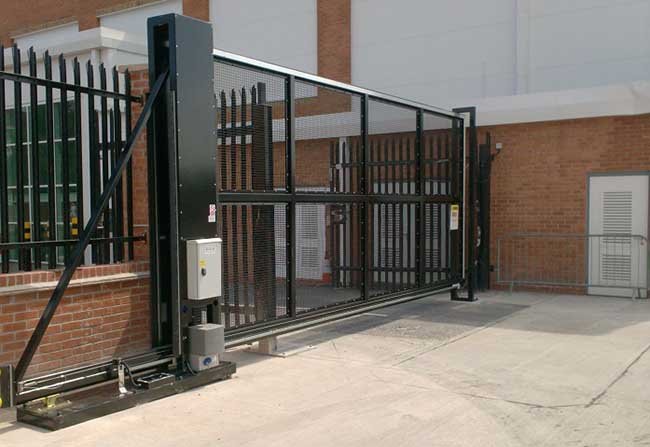Protecting your business from physical security threats is essential to ensure the safety of your employees, customers, and property. Implementing the right physical security best practices is the key to protecting your business, customers, and employees. From access control systems to security cameras, there are a variety of measures you can take to protect your business. Keep reading to learn more about the best physical security practices for businesses.
Install security cameras.
Installing security cameras is an important part of physical security best practices for businesses. Security cameras are a great way to maintain the safety and security of your property, as well as help you keep track of what’s going on inside and outside your premises. Installing high-quality video equipment in key locations throughout a business can help provide more comprehensive protection against potential threats like theft or vandalism. Furthermore, having video footage available can be beneficial if there’s ever an incident that needs to be investigated. Visible security cameras also serve as a crime deterrent.
When selecting which type of camera system to install, it’s necessary to consider factors such as indoor and outdoor use, lighting conditions in areas where they’ll be installed, as well as how much storage space you need for recordings. Bullet cameras are some of the most popular security camera choices for indoor and outdoor use. They’re widely used for monitoring business properties because of their excellent range and professional appearance. A bullet camera can come with various lens styles, including wide and telephoto, and can withstand the toughest environments.
Establish security policies.
Establishing physical security policies helps to ensure that the premises, equipment, and personnel are adequately protected against unauthorized access or security threats. When developing a physical security policy, it is important to consider all aspects of the workplace, including access control systems, closed-circuit television (CCTV) systems, locked storage areas, and other protective measures. The policy should cover both the internal premises as well as any external areas such as parking lots or garages. In addition, a comprehensive security plan should cover digital threats and cybersecurity. It’s also important for businesses to review their existing physical security policies regularly in order to make sure they remain relevant and up-to-date with current best practices.

Utilize access control systems.
Utilizing access control systems is another key part of any physical security best practice for businesses. Access control systems are designed to restrict and monitor who can physically enter or exit an area, such as a building or room within the building. This helps ensure that only authorized personnel have access to areas with sensitive information, equipment, and other resources. A variety of methods can be used in combination with each other to provide effective access control. Tools like card readers, biometric scanners, keypads, and intercoms can help provide physical security.
These different forms of access controls allow businesses to customize their security protocols according to the needs of each individual department or workspace. Furthermore, these systems also help protect against unauthorized people entering facilities by alerting staff members through alarms if someone attempts to gain access using an invalid credential like a stolen card reader code or incorrect passcode used multiple times in succession.
Overall, physical security best practices are essential for businesses, as they provide a first line of defense against external threats, as well as internal risks. By implementing security measures such as access control, security camera monitoring, and security protocols, businesses and organizations can better protect their employees, customers, assets, and buildings. Additionally, physical security best practices can also be used to reduce the risk of theft, vandalism, and other criminal activities.










